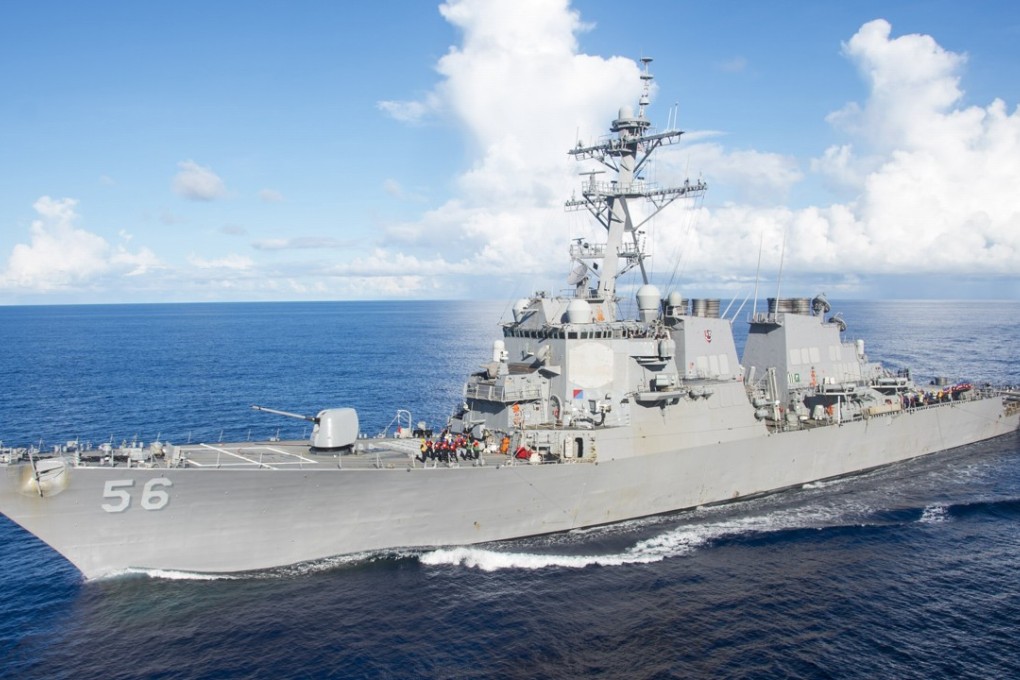US and China must set ground rules for freedom of navigation patrols
Mark Valencia says after three such patrols under the Trump administration, the two sides appear to have settled into a predictable pattern of provocation and condemnation. Why not take the opportunity to agree on a modus vivendi?

The US defence department describes the premise of its freedom patrols thus: “Since the founding of the nation, the United States has asserted a vital national interest in preserving the freedom of the seas and necessarily called upon its military forces to preserve that interest.”
Based on this premise – and perhaps realising it may not become a party to the UN Convention on the Law of the Sea, which enshrined freedom of navigation in international law – the US initiated in 1979 the “freedom of navigation operation” programme to contest “unilateral acts of other states designed to restrict the rights and freedom of the international community”.
China considers these US operations a violation of its national laws requiring prior permission for warships to enter its 12-nautical-mile territorial sea and views them as a threat to its security.
So the two have a legal dispute in which – according to the US – China is in the wrong.